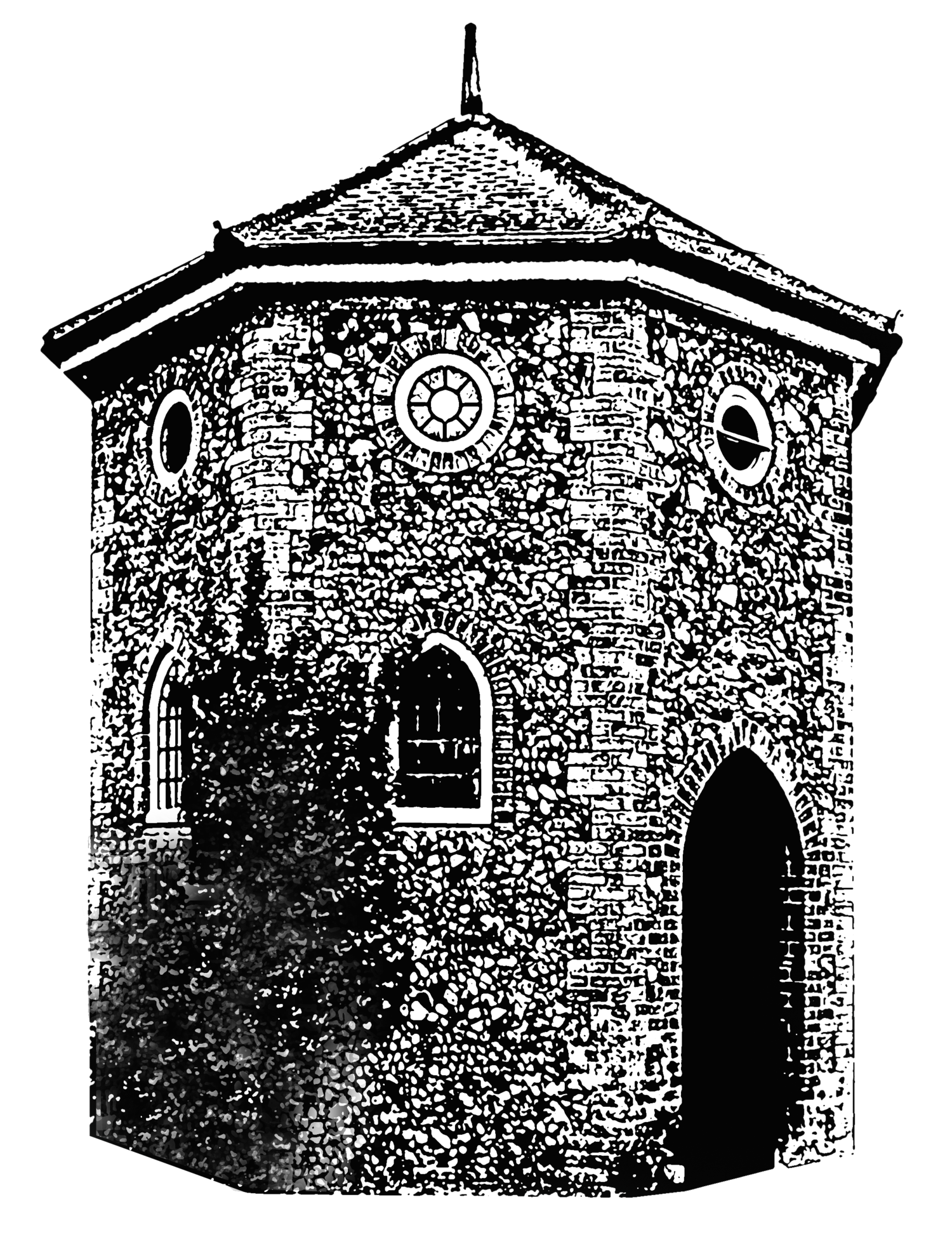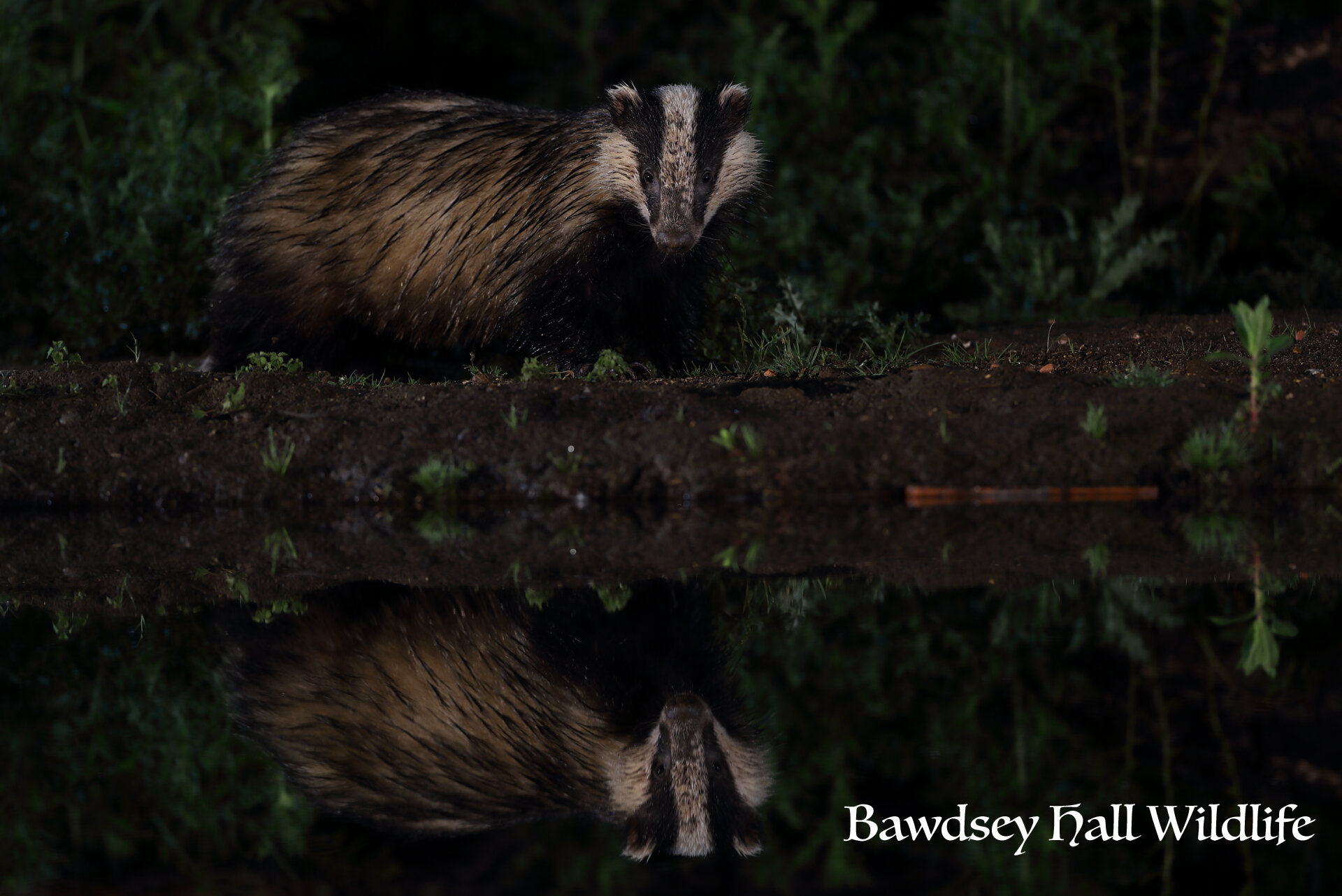Bawdsey Hall is the home to all creatures, great and small…
A wildlife retreat on the beautiful Suffolk coast
With a variety of different habitats covering the grounds and private Nature Reserve, it has become the perfect sanctuary that many different species call home. A wildlife haven, offering the perfect retreat for a weekend wildlife break on the picturesque Suffolk Coast.
discover the delights of nature at Bawdsey hall…offering endless opportunities for wildlife watching
MAMMALs
Bawdsey Hall is an exciting location to observe a range of mammals.
Many guests come and stay to see the Badgers which visit our feeding station virtually nightly. From the B&B rooms excellent views are afforded of the badgers feeding. With prior arrangement, enthusiasts and photographers can hire out our hide for outstanding views. Guests visit to experience the joy of watching a live badger, often for the first time, at Bawdsey Hall. Badger numbers fluctuate depending on the season with the adults often bringing their cubs in tow.
Also visiting the feeding station and adding to the excitement are Muntjac Deer and the occasional Red Fox. Other deer species found locally include the Fallow, Roe and Red Deer – many of these can be found at local sites like Hollesley Common.
Hedgehogs and Moles are present within the grounds though seldom seen due to their nocturnal and subterranean lifestyles.
A good selection of bat species have been detected around Bawdsey Hall including the rare Nathusius’s Pipistrelle, Common Pipistrelle, Brown Long-eared, Daubenton’s and Noctule. For those interested, bat detection sessions can be arranged, using the Hall’s ‘Anabat’ detecting machine.
Keep your eyes open as you may spot the declining Yellow-necked Mouse, as it has made the grounds of the hall its home.
BIRDS
The birding year starts at Bawdsey Hall with flocks of Redwings and Fieldfares feasting on fallen fruit in the grounds, which are sometimes accompanied by exquisite Waxwings. A feeding station in the garden attracts Buzzards and Kestrels and photographic opportunities abound from the purpose-built hide. Early nesters like Tawny Owls seek out nest boxes within the gardens and guests can watch them on live-stream CCTV from the comfort of their rooms, or see them coming to the feeding station at night out of the window.
As spring arrives Swallows and Swifts start nesting around the Hall and guests can enjoy watching them on the cameras linked to the bedrooms. Little and Barn Owls nest too and a good variety of woodland birds nest within the well-wooded grounds.
Within walking distance of the Hall the nearby River Deben holds good numbers of duck and wading birds and East Lane lagoons at Bawdsey are a renowned site to see a good variety of species. Just a ten-minute drive from the Hall is Boyton marshes with a host of Avocets and a good selection of water birds and Hollesley Common where during spring and summer Redstarts, Woodlarks, Dartford Warblers, Stonechats and Nightjars make the heathland their home. During warm summer evenings guests can arrange an excursion to hear the strange ‘churring’ sound of the Nightjars and often see them too – this is often the highlight of our visitors week.
Keen birding visitors often spend a day at the RSPB’s flagship reserve of Minsmere - a forty-minute drive to the north of Bawdsey Hall. The reserve supports breeding Avocets, Bitterns and Bearded Tits on the various scrapes and reed-beds and a day-list of 100 species of birds can be achieved with many rare and scarce birds located regularly.
Autumn is an exciting time on the Suffolk coast for birding and Bawdsey is an excellent location to witness this spectacle. During the second-half of August Pied Flycatchers pass through and are often to be seen flitting about the Tulip tree. Scarce but regular visitors to the area include Wood Warbler, Red-backed Shrike and Wryneck. Shingle Street is a nearby locality that is particularly good at this time of year and Whinchats and Short-eared Owls are normally to be found.
Whatever time of the year that you visit Bawdsey Hall there is always something of interest to be seen!
MOTHS
Bawdsey Hall has much to offer the visiting moth enthusiast. The Hall is located at the southern extremity of the Suffolk Coast and Heaths AONB. The well-vegetated grounds of the Hall support a diverse range of moth species year round. The River Deben and adjacent saltmarsh, Hollesley Common and Sutton Heath and the North Sea coastline with vegetated shingle habitat are just a stone’s throw away. This variety of habitat support a wide range of moth species, which further add to the diversity attracted to moth lamps which are operated nightly at the Hall.
Our resident moth expert Matthew Deans can be on hand to guide you through the moth traps, which are spread around the Hall grounds in a variety of locations. He has been studying moths for over twenty years and is experienced in helping beginners who are new to the moth world, or assisting experts who sometimes bring their own moth traps, to participate in the recording effort.
The Hall grounds boast an outstanding moth list in excess of 1,000 species. Notable resident moths include Northern Drab, Cream-spot Tiger, Ground Lackey and the demuthi form of the Sandhill Rustic. In recent years the very local White-mantled Wainscot has been found too.
The coastal location has ensured a regular supply of rare immigrant moths too with such gems as Death’s-head, Striped and Bedstraw Hawk-moths; Three-humped Prominent and the exquisite Beautiful Marbled, Purple Cloud and Crimson Speckled arriving from all points between North Africa and Scandinavia in recent years.
A number of ‘firsts’ for Suffolk have been recorded from Bawdsey Hall including Small Marbled, Sub-angled Wave, Waved Carpet, Bloxworth Snout and Plumed Fan-foot and even a ‘first’ for England in the form of the rare micro moth Acleris maccana!
A warm welcome awaits you at Bawdsey to experience the wonderful world of moths the Hall has to offer.






